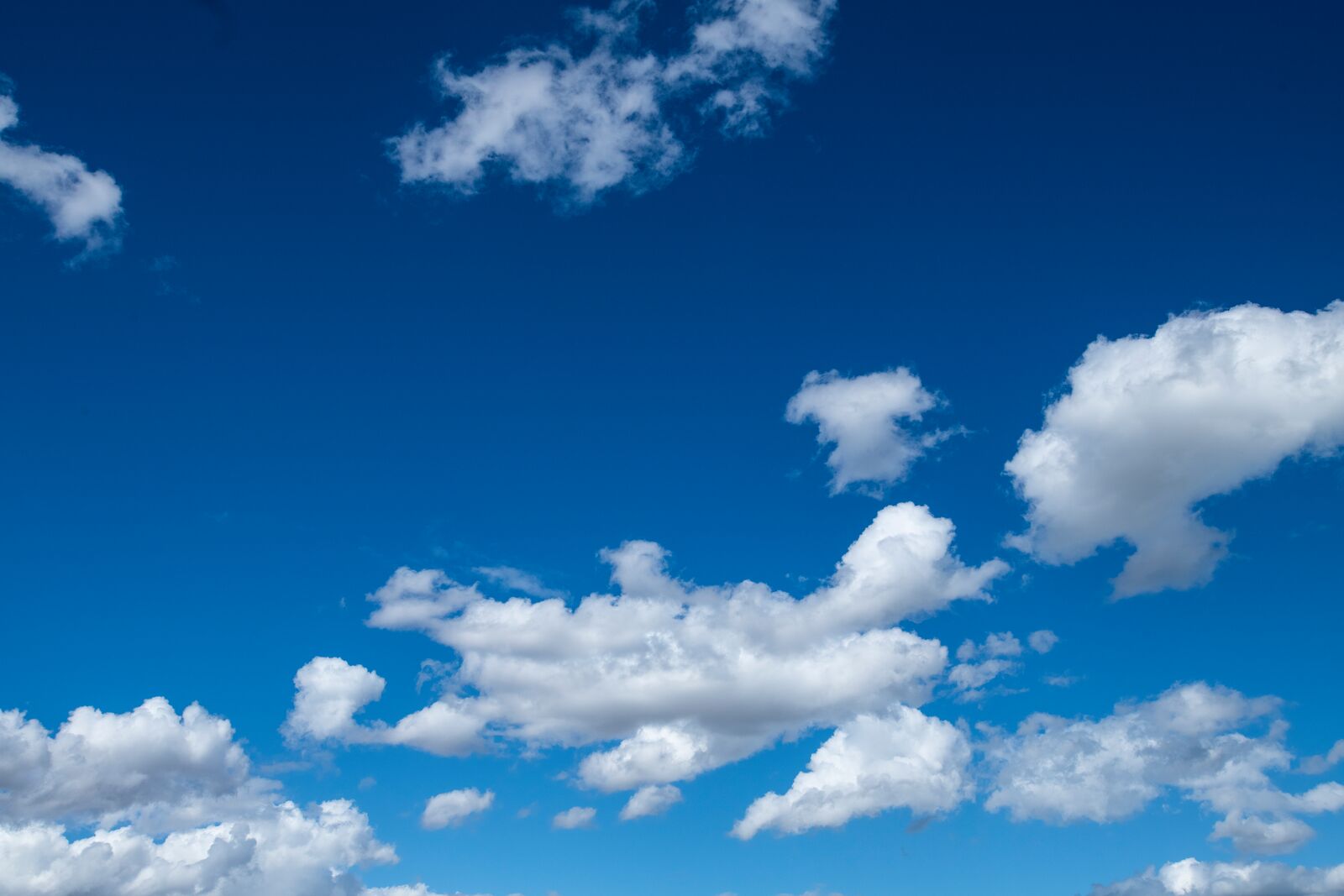SPRCLOUD
Spring Cloud IOP
1 March 2000 - 26 March 2000
Lead Scientist: Gerald Mace
Observatory: SGP (Southern Great Plains)
Scientific hypothesis: The statistics of the radiative forcing within a mesoscale model grid box are quite sensitive to the three-dimensional (3-D) structure of hydrometer properties within the grid box. In an operational sense, ARM is limited to observing the vertical profile of clouds as they advect over the Central Facility (CF) and must, therefore, approximate the 3D structure of cloud within a gridbox by inference. Our working hypothesis is that simple approaches to this problem are sufficient in certain meteorological circumstances and not in others. Approach to test hypothesis: In order to validate/justify/improve our methodology for generating such inferences, we will deploy a fleet of vertically pointing and scanning lidars and millimeter radars within a mesoscale region around the CF where the 3-D structure of cloud fields will be intensively measured during a multi-week period. Preliminary Deployment plan: We would like to deploy a nested array of remote sensors with the scanning radars and lidars stationed at the CF and the vertically pointing systems distributed in a triangle away from the CF. This would depend on the cloud field, but in general two radars at the CF would scan in orthogonal planes (along and across the wind) as would the lidars. A triangle would have vertices at Billings, Tonkawa and Lamont (roughly 25 km on a side). A larger triangle might be desirable in addition to or instead of the smaller with vertices at Ponca City (I volunteer for that one), Medford and Garber or Enid (roughly 70 km on a side). We should discuss the relative merits of the array size and orientation. I personally see limited use in going out much farther than 75 km with the limited number of radars and lidars we have at our disposal. We could probably live with a single radar and lidar scanning at the CF but that would compromise the data set integrity in my view. At least three radars are needed for the vertices of a triangle.Campaign Links
Related Publications
View all- Tao et al. "Cloud radiative effect dominates variabilities of surface energy budget in the dark Arctic". 2025. 10.1038/s41598-025-86322-2.
Activity Summary
Timeline
Campaign Data Sets
| IOP Participant | Data Source Name | Final Data |
|---|---|---|
| Connor Flynn | ceilometer | Order Data |
Keep up with the Atmospheric Observer
Updates on ARM news, events, and opportunities delivered to your inbox
ARM User Profile
ARM welcomes users from all institutions and nations. A free ARM user account is needed to access ARM data.


















